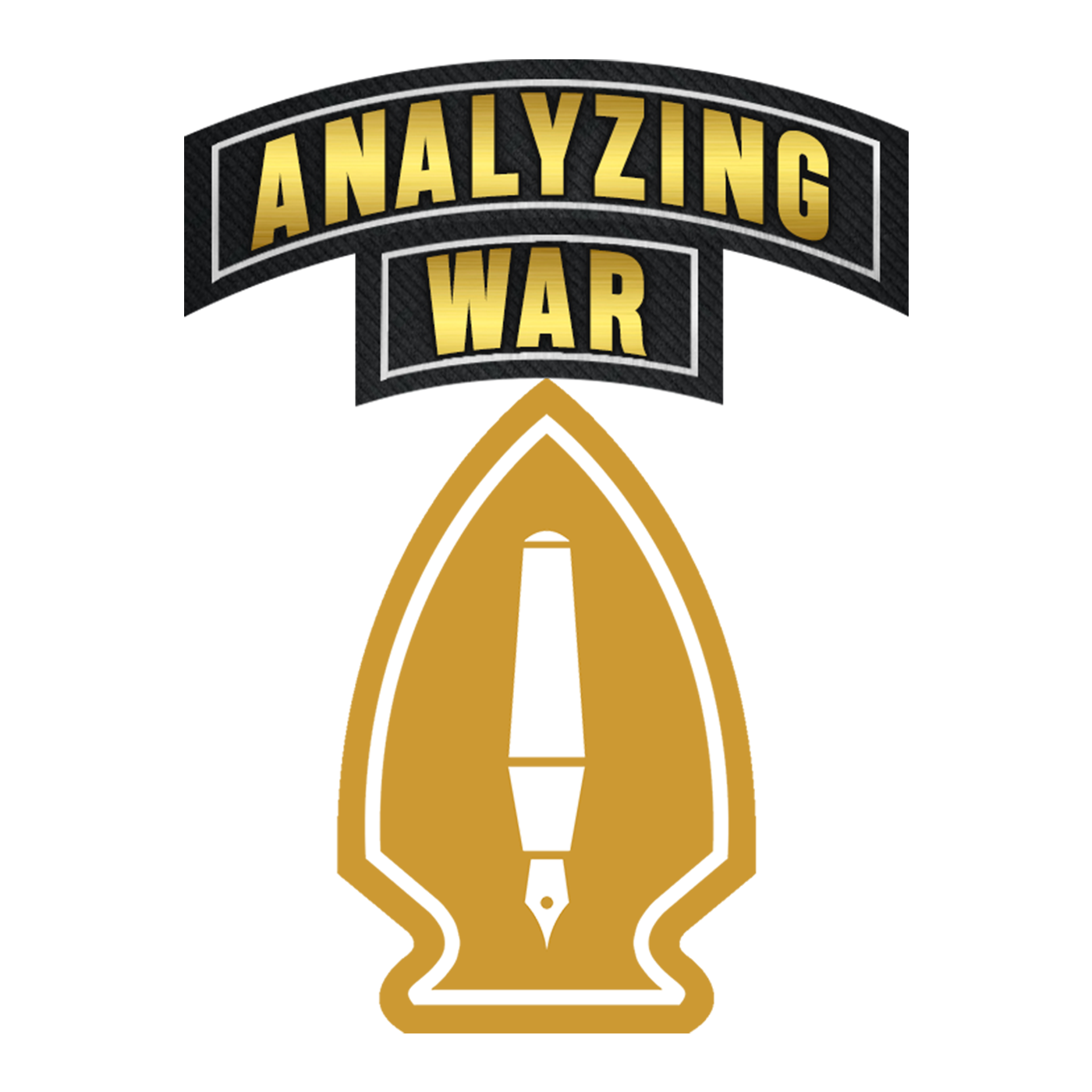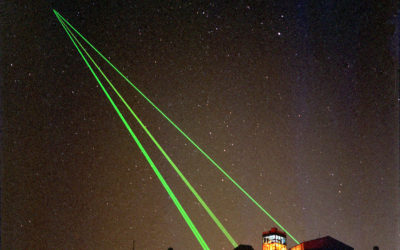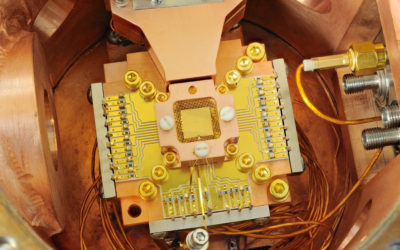“God mode”, for those who aren’t gamers, is a mode of operation (or cheat) built into some types of games based around shooting things. In God mode you are invulnerable to damage and you never run out of ammunition.
Australian SSNs will open up opportunities for advanced undersea operations
Australian SSNs will open up opportunities for advanced undersea operations
Australian SSNs will open up opportunities for advanced undersea operations
The announcement of the agreed pathway for Australia to acquire nuclear-powered submarines (SSNs) under the AUKUS deal provides clarity about how and when Australia will have this important capability.
The process begins with an increased tempo of visits to Australia by the US Navy this year and by the Royal Navy from 2026. From 2027, HMAS Stirling in Western Australia will receive rotations of SSNs from the US and UK. The next step will occur in the early 2030s, when Australia will buy the first of three, and potentially up to five, US Virginia-class SSNs. These purchases will allow the Royal Australian Navy to avoid a capability gap as its Collins-class conventional submarines approach obsolescence before the first ‘SSN AUKUS’ boats appear in the early 2040s.
The new SSNs will be built in the UK and Australia in the 2030s and 2040s and form the long-term basis for both nations’ submarine capability, eventually replacing the Virginia-class SSNs as they retire in the 2060s. A fleet of at least eight SSNs will be acquired under the plan.
It’s a long-term program stretching for decades into the future. And that future will inevitably involve more advanced undersea warfare capabilities—which the AUKUS pact recognises as a priority technology under its second pillar.
A key will be enhancing networked command and control in undersea warfare. The oceans are largely opaque to traditional radio transmissions, and submarines have historically been reliant on very low-frequency (VLF) radio for communications. But the nature of VLF means that transmission rates are extremely slow, making it impossible to do anything more than send simple text messages.
Two possibilities that could open up the undersea environment for high-speed data networks are quantum communications and high-bandwidth laser-optical communications that can reach submarines several hundred meters below the surface. Fixed sonar arrays and the uncrewed undersea vehicles now emerging as a new type of undersea warfare capability could also allow easier underwater communications.
In particular, the role of advanced uncrewed underwater vehicles (UUVs) encompasses the artificial intelligence, robotics and advanced undersea warfare priorities in pillar 2 of AUKUS. UUVs are a natural partner to advanced crewed submarines such as the Virginia-class SSNs and the future SSN AUKUS boats. It’s important that UUVs can be deployed, employed and recovered directly from the RAN’s future SSNs, and that should influence the design of SSN AUKUS.
A larger class of UUV—extra-large UUVs, or XLUUVs, such as the US Navy’s Orca—have the potential to operate independently or as a crewed–autonomous team underwater. The Virginia-class SSNs and SSN AUKUS must be able to work with the US Navy’s Orca-type XLUUVs. Australia’s efforts in this area include Anduril Corporation’s Ghost Shark, which is expected to be developed into an XLUUV.
Although the focus has understandably been on the pathway to acquiring SSNs, this capability should be seen as a component of a system of systems in 21st-century undersea operations. Crewed submarines such as the Virginia or SSN AUKUS boats will operate alongside XLUUVs and smaller UUVs deployed from the submarine. They’ll be connected by information networks using quantum or laser-optical communications.
Submarines have long been reliant on the ubiquitous sonar but, by the 2050s, Australia’s SSNs are likely to have a far greater understanding of the undersea environment by being able to ‘plug and play’ with a variety of sensors and platforms. In acquiring Virginias and SSN AUKUS, this more complex undersea environment is a priority in considering how the SSNs will be employed.
Australia’s defense planners must respond to the reality that our adversaries are developing similar capabilities. China, for example, has invested heavily in developing AI-controlled UUVs that could be used for anti-submarine missions. It is making steady progress on quantum communications technologies, as well as laser-optical systems that could open up new paths for high-speed underwater communications.
It may become easier to detect submarines using new ways of peering beneath the waves. A 2020 report published by the Australian National University’s National Security College identified potential disruptive advances in technologies to detect nuclear-powered submarines. In asking whether the oceans might ever become transparent as a result of technological innovation, the report suggested that systems such as satellite-mounted remote-sensing systems, and other types of sensor meshes integrated with AI, could pinpoint submarines at depths of up to 500 meters.
Does this mean that Australia’s investment in SSNs is wasted? Not at all, but it may become much more important in a less opaque ocean for crewed submarines to work with UUVs and operate in a networked undersea environment in new ways. In the same way that crewed military aircraft such as the F-35A joint strike fighter will employ ‘loyal wingmen’ such as the MQ-28 Ghost Bat to penetrate ahead of them in a contested air environment, Australia’s SSNs must be able to network with and employ a range of advanced UUVs that can operate independently and are armed to deal with an adversary’s UUVs or submarines.
Investment in AUKUS’s pillar 2 with a focus on advanced technologies is just as vital as acquiring the SSNs. Simply operating nuclear submarines without their having the ability to network with other capabilities still being developed would make them more vulnerable to swarms of intelligent and autonomous UUVs operating off the loop. To avoid sending crewed submarines into waters where they’ll be more exposed, it makes sense to dispatch sophisticated UUVs into harm’s way. The undersea regions will become less opaque, making crewed submarines more vulnerable to detection. It’s vital that Australia’s SSNs be seen as part of a broader networked undersea system and that we make rapid progress on developing and employing sophisticated XLUUVs and new approaches to undersea communications.
Republished from the Australian Strategic Policy Institute (ASPI) under a Creative Commons license in the Commonwealth of Australia. Read the original article.

Malcolm Davis is a senior analyst at ASPI.
Related Articles
Understanding the building blocks for Australia’s quantum future
Australia is undergoing an exciting period of strategic technology policy review and development. The release of its first National Quantum Strategy this week committed the government to building the world’s first error-corrected quantum computer. This is a strategically important technology that has the potential to improve productivity and supply chain efficiency in diverse industries, lower costs across the economy, help reduce carbon emissions and improve public transportation.
Japan needs stronger deterrence than its new defense strategy signals
Since World War II, Japan had long chosen not to possess long-range strike capabilities that could be used against enemy bases. But the Japanese government changed course in December 2022 when it adopted the new national defense strategy (NDS), which included a commitment to acquiring a so-called counterstrike capability. But in order for this new strategy to contribute to deterrence and alter the nation’s defensive role as the ‘shield’ in its alliance with the United States, Tokyo needs to go further than what the NDS outlines.



